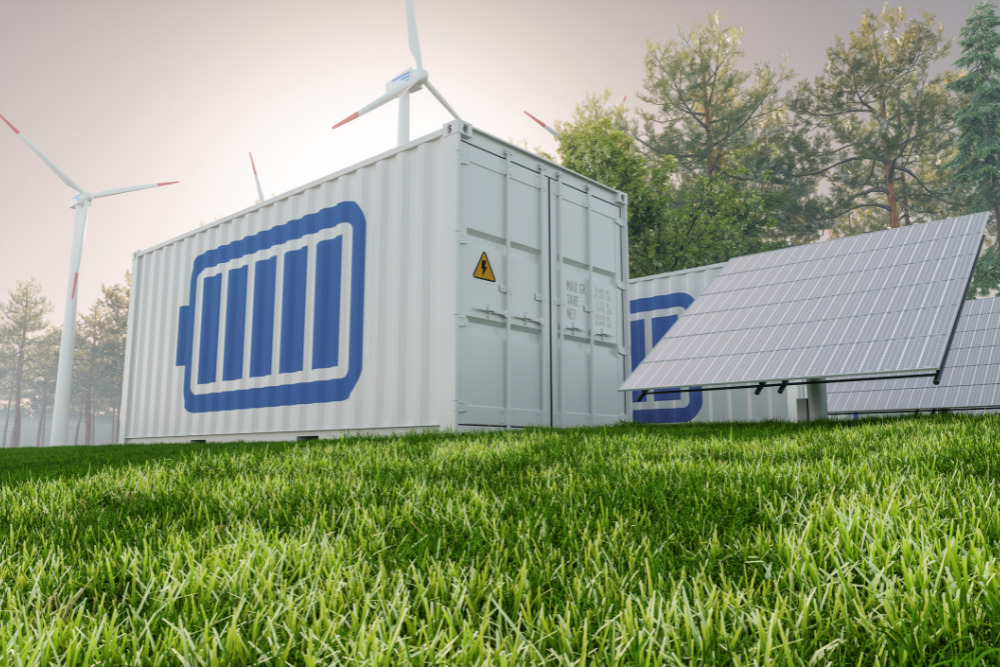Pan-African conglomerate Axian Energy has just signed a deal with Chad’s Ministry of Energy and Water to develop a 100-megawatt (MW) solar-plus-storage plant in N’Djamena.
The project, to be built in partnership with Green Energy Solutions, will include 50 megawatt-hours (MWh) of battery storage and is expected to produce more than 180 gigawatt-hours (GWh) of clean power annually, enough to light up over 150,000 households and cut 120,000 tonnes of CO₂ emissions every year.
What exactly is “solar + storage”?
Most people understand solar, sunlight hits panels, panels make electricity. But that power only flows when the sun is shining. Once dusk hits, the system goes quiet.
That’s where storage comes in.
A solar + storage system pairs traditional solar panels with large industrial batteries, think Tesla Powerwall, but on a grid scale. During the day, the system generates more electricity than the grid needs. Instead of wasting it, that excess power is stored in batteries, which can later feed it back into the grid at night or during cloudy periods.
In short, solar + storage turns sunlight into on-demand power. It’s how renewables grow up from being weather-dependent to being reliable 24/7.
What does “50 MWh of storage” mean?
That figure 50 megawatt-hours refers to how much energy the system can store at once.
In simple terms: it can deliver 50 megawatts of power for one hour, or 25 megawatts for two hours, depending on how it’s used. Think of it like a giant battery bank capable of stabilizing the grid, managing sudden drops in sunlight, and covering evening peak demand when people get home and power use spikes.
Read Also: Can Solar Really End Energy Poverty in Africa?
How much does something like this cost?
The going rate for a solar + storage project in Africa today is roughly USD 1.2 to 1.6 million per megawatt, depending on the quality of the technology, land, and grid integration costs.
That means Axian’s 100 MW project with its 50 MWh storage could cost somewhere between USD 120 million and USD 160 million.
It’s a serious investment. But it’s also a long-term play: after the initial cost, the fuel is free, maintenance is predictable, and operating expenses are a fraction of what diesel-powered plants burn through.
Why this matters for Chad
Chad is one of Africa’s least electrified countries. Only about 11–12% of the population has access to electricity, and much of that comes from diesel generators.
A single 100 MW solar project can almost double the country’s current capacity. Reliable power means factories can run longer and investors can finally consider industries that were previously impossible because of unreliable energy supply.
This project could become the cornerstone of Chad’s modern energy economy and a blueprint for how Central Africa can move from dependence on diesel to clean, self-sustaining power.
For Axian, this deal signals something bigger: a shift from being just a regional energy investor to becoming a builder of long-term energy systems.
For Chad, it’s a statement that renewable energy is about building sovereignty. Every kilowatt generated locally means less money spent importing diesel and more power to fuel development.
And for the broader region, it’s a sign that “solar + storage” is the new standard. Without storage, solar is just potential. With it, it becomes stability.



